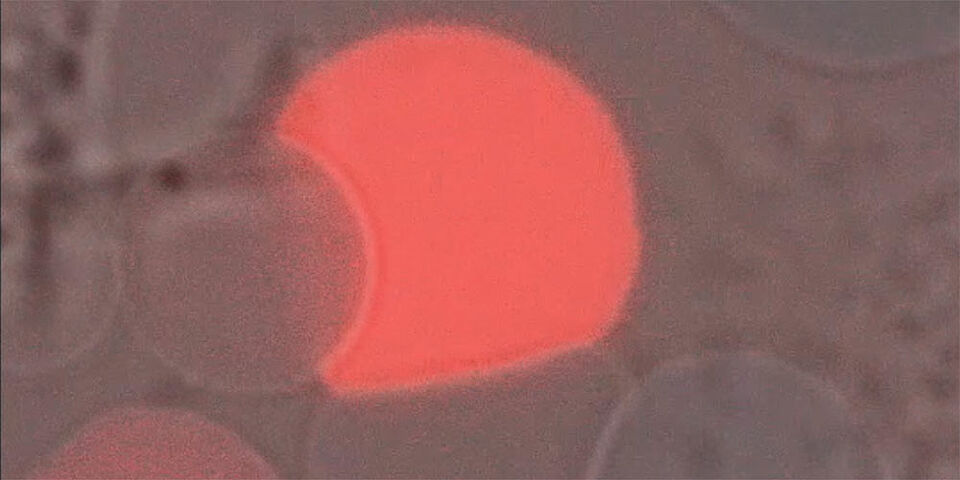
/ News
Porous nitrogen-doped graphene ribbons for future electronics
A team of physicists and chemists has produced the first porous graphene ribbons in which specific carbon atoms in the crystal lattice are replaced with nitrogen atoms. These ribbons have semiconducting properties that make them attractive…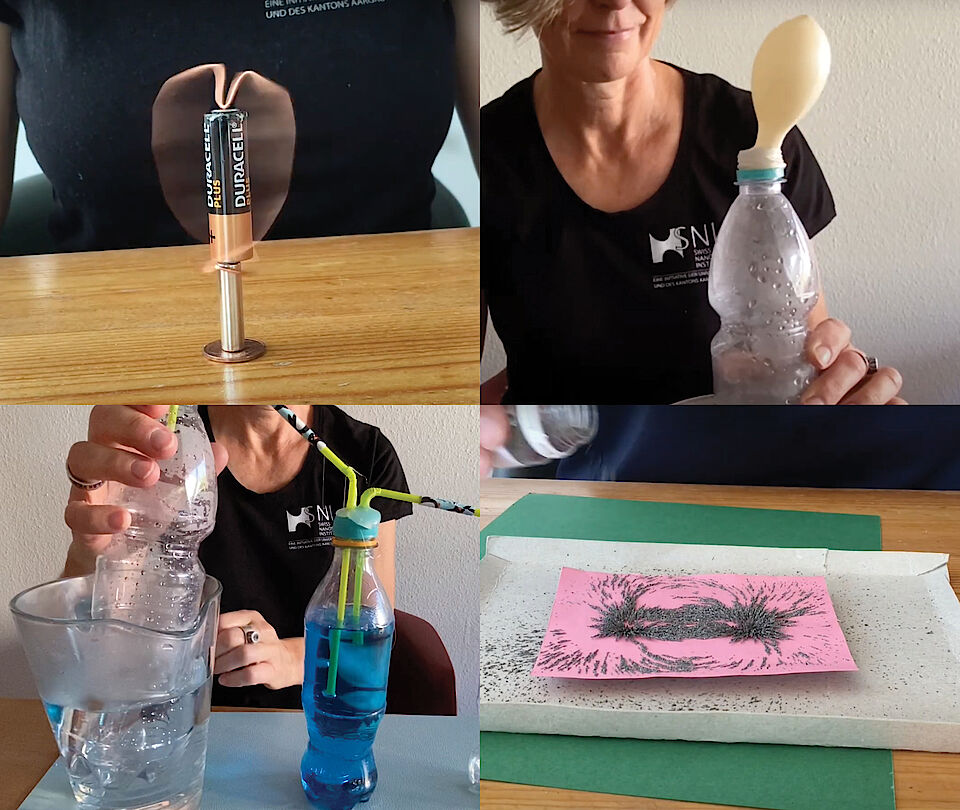
/ News
Experiments for the summer holidays
The summer holidays are just around the corner or have already started. But this year many families will have to change their holiday plans. In order to avoid boredom at home, ideas for joint activities are needed that inspire young and old…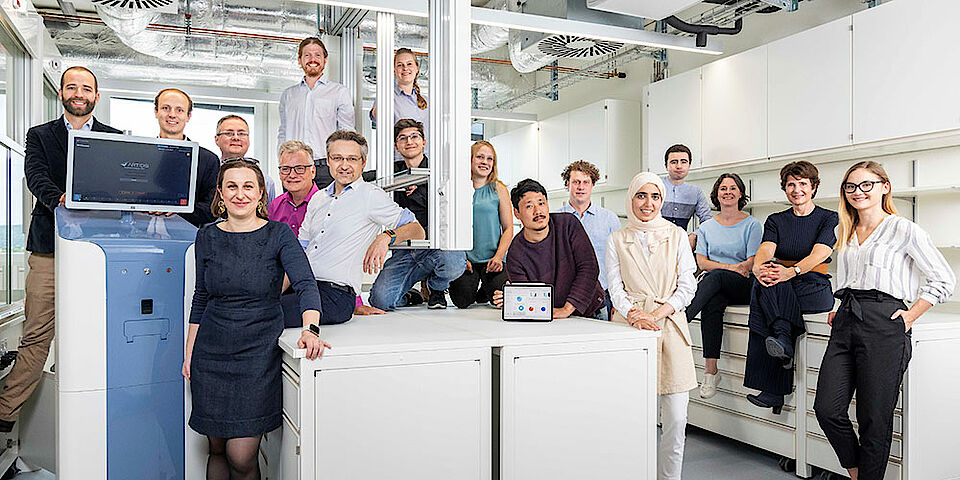
/ News
Breast Cancer Diagnostics: Spin-off Artidis announces successful clinical trial
The company Artidis, a University of Basel spin-off, has announced that it developed a test procedure that can detect breast cancer with a very high sensitivity. This is demonstrated by a clinical trial that investigated whether a…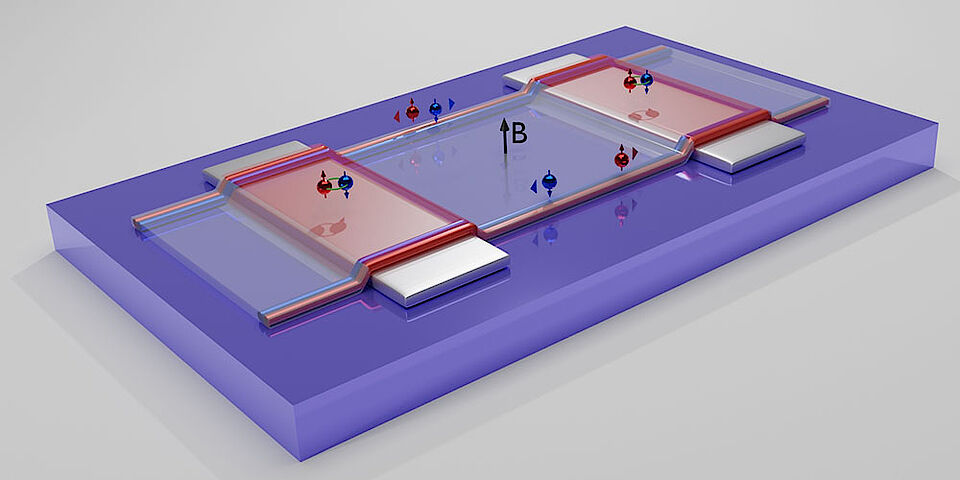
/ News
Lossless conduction at the edges
Atomically thin layers of the semimetal tungsten ditelluride conduct electricity losslessly along narrow, one-dimensional channels at the crystal edges. The material is therefore a second-order topological insulator. By obtaining…/ News, Portraits
From the nanoworld to outer space – Former nano student Florian Kehl’s search for life beyond Earth at NASA
In late April, the SNI hosted Dr. Florian Kehl, a Life Detection Technologist at NASA’s Jet Propulsion Laboratory (JPL). In the lunch talk and the SNI lecture, he shared some fascinating stories about his work and career so far. A chat…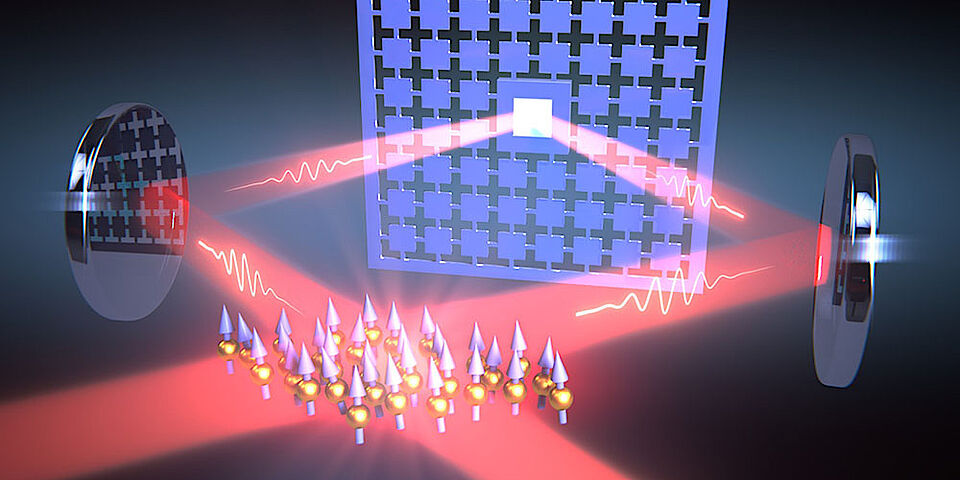
/ News
Laser loop couples quantum systems over a distance
For the first time, researchers have succeeded in creating strong coupling between quantum systems over a greater distance. They accomplished this with a novel method in which a laser loop connects the systems, enabling nearly lossless…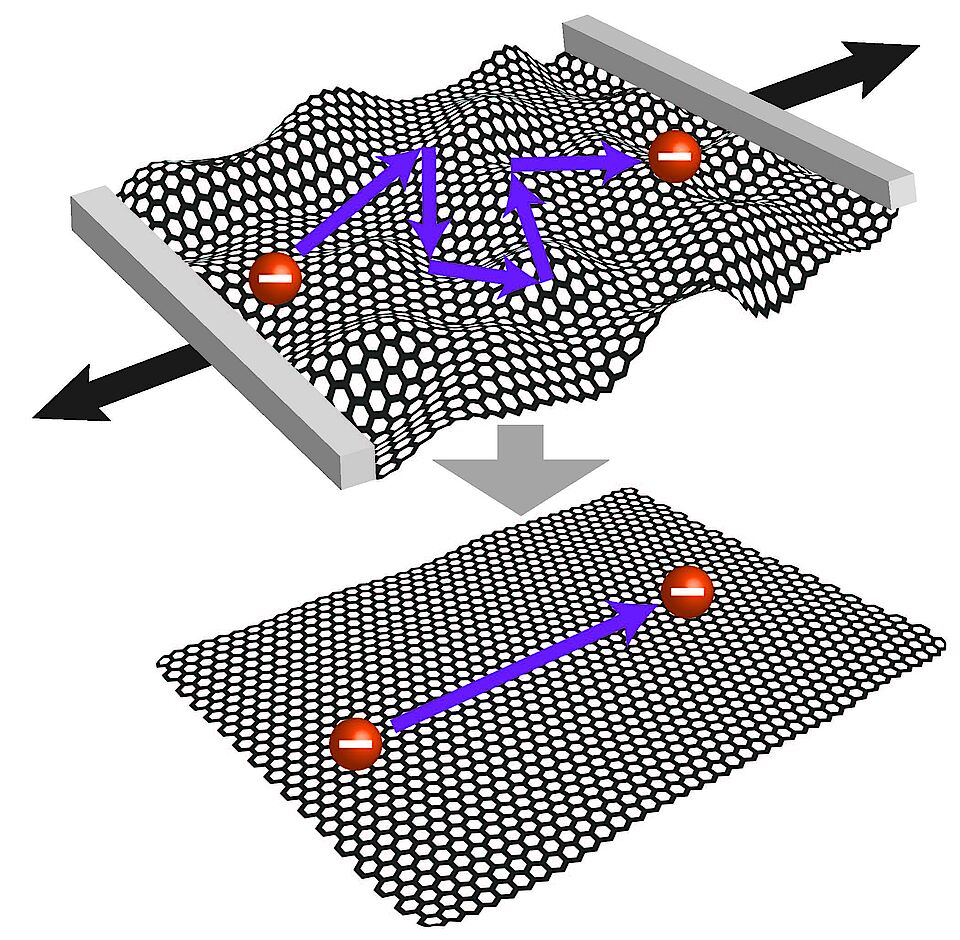
/ News
Flatter graphene, faster electrons
Scientists from the Swiss Nanoscience Institute and the Department of Physics at the University of Basel developed a technique to flatten corrugations in graphene layers. This leads to an improved sample quality and can be applied to other…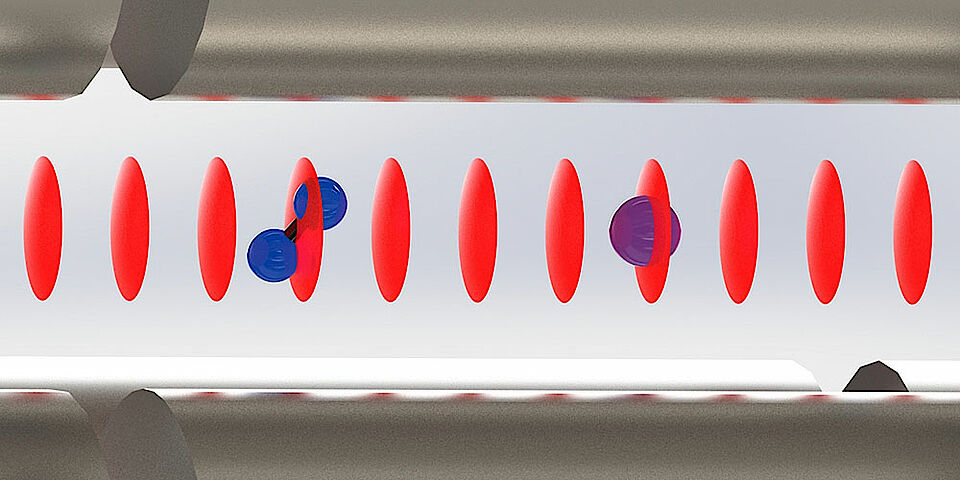
/ News
Perturbation-free studies of single molecules
Researchers of the University of Basel have developed a new method with which individual isolated molecules can be studied precisely – without destroying the molecule or even influencing its quantum state. This highly sensitive technique…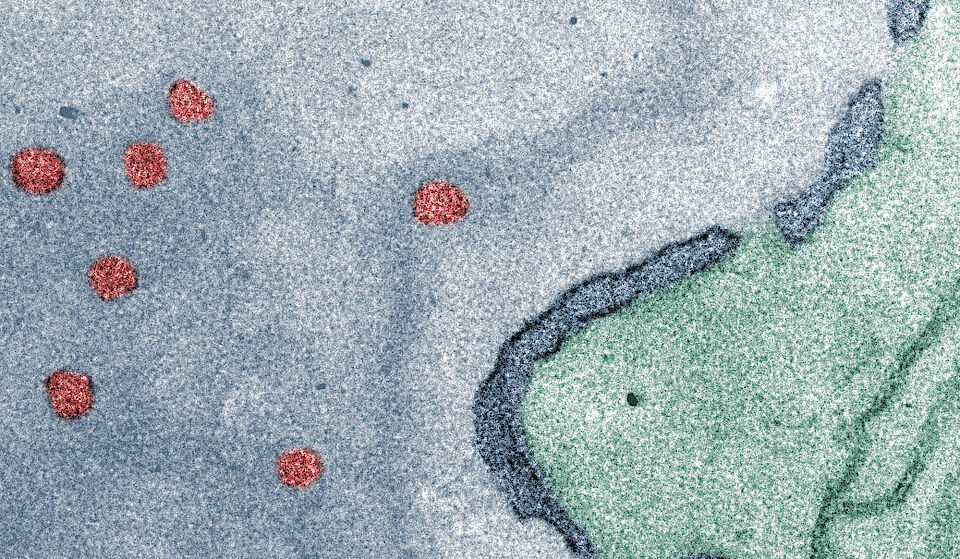
/ News
Nanocontainers introduced into the nucleus of living cells
An interdisciplinary team from the University of Basel has succeeded in creating a direct path for artificial nanocontainers to enter into the nucleus of living cells. To this end, they produced biocompatible polymer vesicles that can pass…